Speaker
Description
Typical bunkers for radiation therapy with linear accelerators (LA) include mazes in order to minimize shield thickness of entrance doors while remaining allowed level of exposure outside them. Despite common general layouts, the design of each bunker is of individual approach depending on its location and type of LA. Sometimes there is inappropriate relative dimension of treatment room and maze due to lack or inaccuracy of data for LA exploitation such as dose rates, leakage values, workload, room dimensions, occupancy factors etc. One of those cases took place in Kyiv’s medical center, where the 10 MV LA «Elekta Infinity» was installed in the bunker dedicated for this machine and designed without neutrons consideration, that occasionally acceptable for the 10 MV accelerators. Nevertheless, the maze of this bunker was found to be too short in relation to the door’s shielding against neutrons resulting to exceeding of prescribed by national regulator dose rate limit.
1[Fig.1 MCNP model of bunker and shielding plates inside the maze]
In order to reduce the dose rate near the door the measurements of gamma-ray spectra and neutrons flux were carried out inside the maze to get the radiation levels at reference points used in calculations for bunker design. The different variants of additional shielding inside maze were proposed and studied by MCNP simulations (fig.1). The plates of borated (5% by weight) paraffin with thickness of 40 mm on maze’s walls were determined to be sufficient for reducing dose rate by ~50%. These plates were manufactured and installed, and the new neutron dose rate behind the door was measured to be 3,2 µSv/h, that was in a good agreement with expected one from simulations. It was shown that neutron flux inside the maze also decreased by factor of ~2 after installations of plates. Such passive shielding can be applied directly inside the treatment room minimizing neutron dose to patients undergoing therapy with high energy linear accelerators. The reported value of neutron’s doses during 10-18 MV gamma-therapy are in the range of 2-7 mSv/Gy, thus up to 20 mSv of extra dose to patient can be avoided.
- IAEA Report “Radiation protection in the design of radiotherapy facilities”, Safety Report Series” №47, 2006.
- Nooshin Banaee, Kiarash Goodarzi, Hassan Ali Nedaie, Neutron contamination in radiotherapy processes: a review study, Journal of Radiation Research, Volume 62, Issue 6, November 2021, Pages 947–954, https://doi.org/10.1093/jrr/rrab076
| Scientific Topic 4 | Shielding and dosimetry |
|---|---|
| Scientific Topic 7 | Medical and industrial accelerators |

